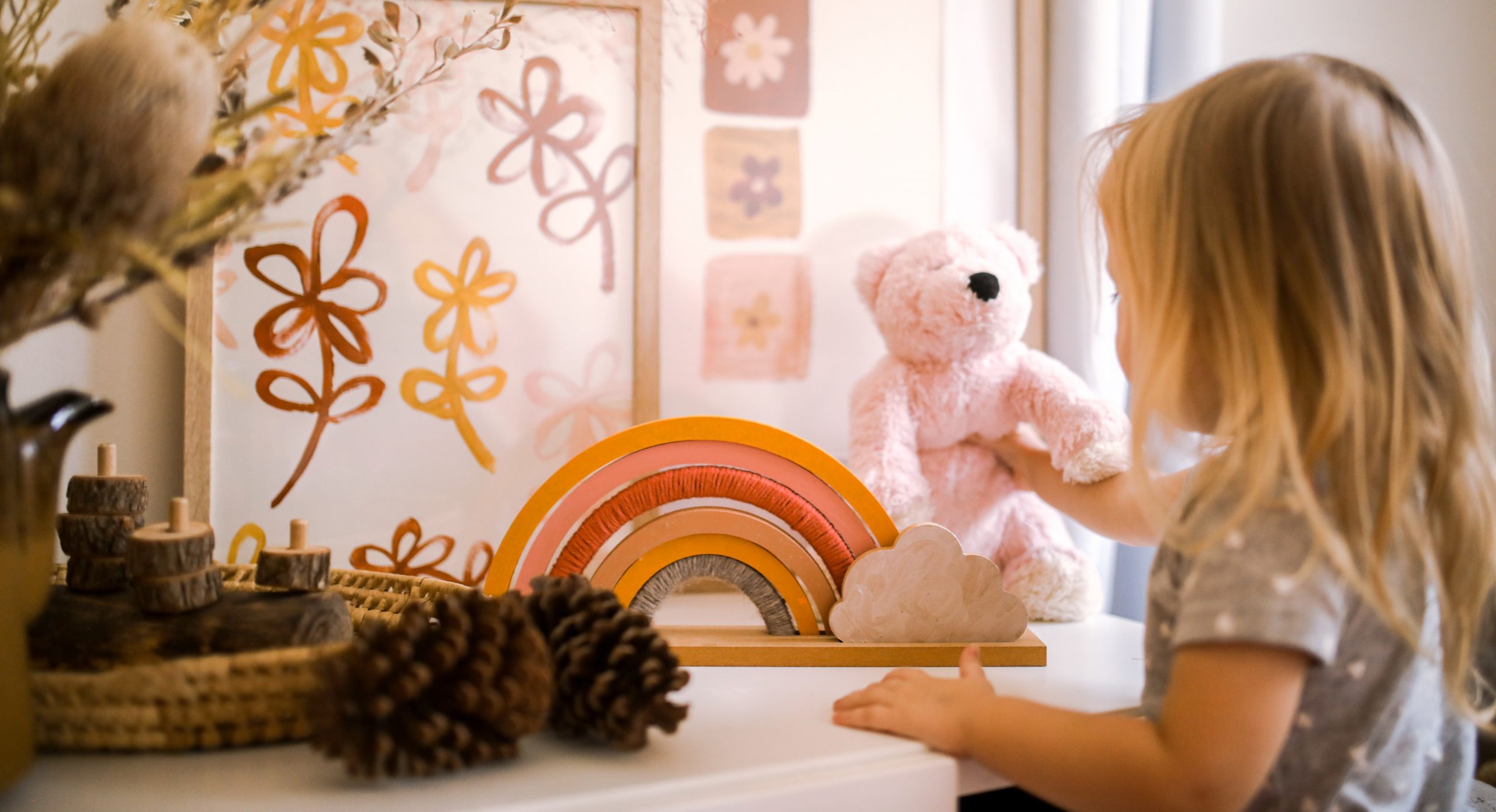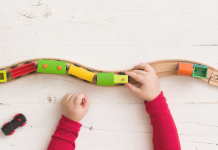Without a doubt, one of our greatest joys is seeing our children delight in the gifts they’ve received at Christmas. But every parent also knows how difficult it can be to get kids to clean up—and clean out. So, we rounded up the best tips from other parents to make cleaning out easier.
 1. Clean out early—and often.
1. Clean out early—and often.
Cleaning out toys is an ongoing task. And the truth is, it’s often less overwhelming for parents and kids to do this rather than face an entire room to go through just once a year. Many parents said they do a sweep monthly while others throw away broken or “junk” toys as they clean up during the week.
2. Take a combined approach.
Like a lot of things your children are learning to do, being responsible for their things takes time and practice. So while some parents purge solo, others favor involving their kids. Much of the answer will depend on the age and personality of your child. The key is to be aware that your child needs to trust that their favorite things won’t just disappear.
3. Have age- and kid-appropriate expectations.
Sometime in the preschool years, you can realistically start having conversations with your child about limited space and the reasons why they might choose to donate their outgrown toys and clothes. But most parents agree that before age two or three, there’s just not enough developmental readiness and too great an emotional attachment to familiar items.
Don’t sweat it if your child isn’t there yet. Several parents noted that their children weren’t ready to part with things the first time they talked about it. Your child’s understanding builds both with age and conversation. The next time you come back to the discussion, they may be more ready. By the time kids are closer to 10, they can have a bigger hand in the sorting and purging process.
4. Focus on favorites.
By keeping kids focused on what they want to keep and the space available, the moms we chatted with said they had greater success than when they asked their kids to choose things they didn’t want to keep that were already on their shelf. “We’ve had far more success with pulling out the toys and asking each kid to take turns picking special places for their favorites on the shelf,” says Melody Meek. “No limits other than space on the shelf and taking turns. Both kids lost interest far before I ever thought they would and happily let me pack up a huge bag full.”
5. Discuss donation and sharing options.
Some children will be drawn to donate to a neighbor, cousin, friend, or a charity they recognize. It will be easier for others to not watch their toys being played with by other kids. Knowing your child can go a long way toward helping you suggest an option that works for them.
Nikki Scott mentions, “We say we are giving everything she is willing to get rid of to her younger cousin (someone special to them). So saying, ‘Can we give this to Maggie?’ goes over much better than, ‘What can we get rid of?’”
Whitney Royer suggests another way to deescalate the emotional attachment. She says her three-year-old son sometimes struggles to let go of even broken toys. “For the toys he was more attached to I had him say, ‘Thank you, toy. Goodbye, toy.'”
Notice if certain words seem to be a hang up. When I asked my three-year-old if she was ready to share her toys with a family friend, she was quick to say yes. But when she asked if she would get them back and I said no, her enthusiasm quickly turned to tears. “Sharing” is a word you want to be a positive for preschoolers. It may not be the best term to use when discussing giving things away. Instead, be clear about what you’re doing: donate, sell, or recycle. Sometimes words like “recycle” resonate. You can clearly explain that a past favorite will have a new life with another child.
6. Create a toy rotation.
If you have the space for a bin or closet shelf, toy rotation can make it easier for kids to play with what they have and let go of less desired toys when the time comes. Keep favorite or larger toys and play sets out all the time, but rotate others every few weeks to a month. Since your children are used to toys disappearing and reappearing, it will be less traumatic when some eventually don’t show back up.
7. Create a hold/storage bin.
Sometimes either parent or child may feel uncertain about parting with a book or toy. Putting some items in the bin either to wait and see if the child changes their mind or if one or the other isn’t certain about letting go but knows it doesn’t fit available space can take the sting out of things. If it hasn’t been requested by the next clear out, it’s time for it to go.
8. Make it part of the bigger picture.
It helps for kids to see us modeling letting go of things around the house. This way, they don’t feel like they are the only one giving something up. They can also begin to understand letting go as a way of helping others in the community. “We talked about the less fortunate and he went through tons of stuff with us to donate: our clothes, kitchen items, and lastly toys!” says Jenna Chumbley. “He got really into it and enjoyed dropping them off! He also loves to give change in the Salvation Army buckets!”
9. Share your pride in them.
Lastly, remember that letting go of things can be tough for some kids. Telling them how proud you are of them for doing it can go a long way toward helping them feel braver.










